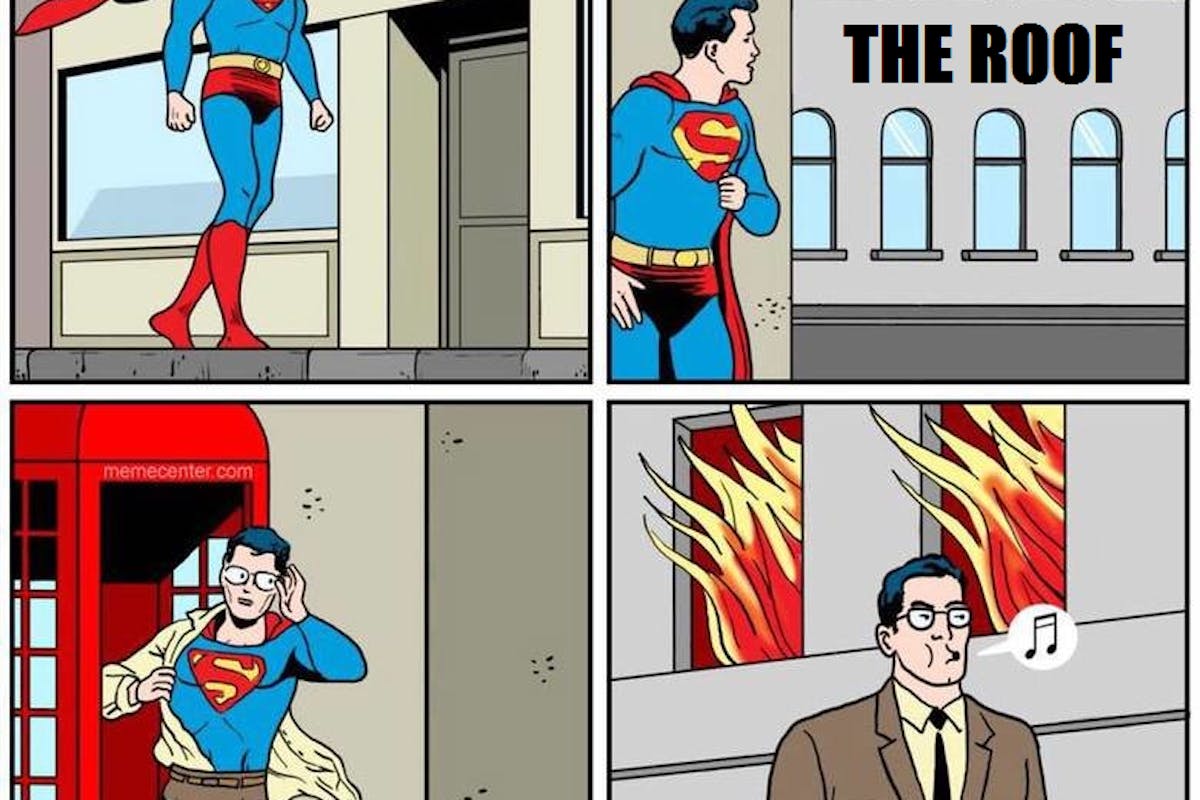What’s Your Fire Escape Plan? Protect Your Family With These Easy Tips

A fire in your home can spread in minutes, and engulf entire rooms before you’re even aware. While smoke detectors can notify you of a fire or smoke, what happens after that? A good fire escape plan can make all the difference in protecting your family and home. Here are some tips we’ve gleaned off the National Fire Protection Agency’s website to help keep your family safe in the event of an emergency:
Should I stay or should I go?
Contrary to popular belief, evacuation isn’t always ideal if you live in a multi-level apartment or high-rise building. Check out the segment below if you fall into one of these categories. If getting out is your best option, know the fastest routes out of your home in each room. If you have barred security windows or doors, make sure they have emergency release latches you can activate for a quick exit. For two-story homes, place foldable escape ladders in upstairs locations near windows. Everyone in your family should know these routes, locations, and how to operate the escape latches and ladders. Plan for the worst; you may not be around to offer assistance in an emergency.
If you have disabled, infant, or elderly living in your home, designate primary and backup family members to assist them in getting out. You may need to do this for pets in your family too. Sometimes the fastest route out will require low crawling under smoke or fire. If this happens, decide how to assist these family members in getting low. An emergency sled or stretcher could help keep everyone low to the ground, and under smoke and flame.
Defending in place
For instances where evacuation isn’t possible or safe, there are still things you can do to slow the spread of smoke and fire. Pick a room with an outside window, and have a way to signal dispatchers or firefighters of your location. Close all doors and vents, and seal edges with wet towels or duct tape to slow smoke and fire entering the room. Defending in place against a fire can be frightening. Do your best to not panic, and remember that as long as emergency responders know your location, they’re doing everything they can to get you out.
Once You’re Outside
Designate an outside meeting place where everyone knows to go after they’ve exited the building. Make sure it’s away from things like fire hydrants, where firefighters may be operating. You don’t want to hinder their job by being in the way. If anyone is missing, notify emergency personnel immediately. Under no circumstances should you go back in, even if someone is still trapped inside. Leave the rescue to professionals who are trained in this sort of thing. Remember, you’ll only be making their job more difficult if you attempt to save someone and end up trapping yourself inside a burning building instead.
Practice Makes Perfect!
Once you’ve developed your fire escape plan, practice it until it becomes second nature for everyone in your family. While this post is intended to be a basic overview, there’s lots more information on the NFPA Article on Fire Escape Plans. They also have lots of other useful information and free resources, so check them out for further reading!